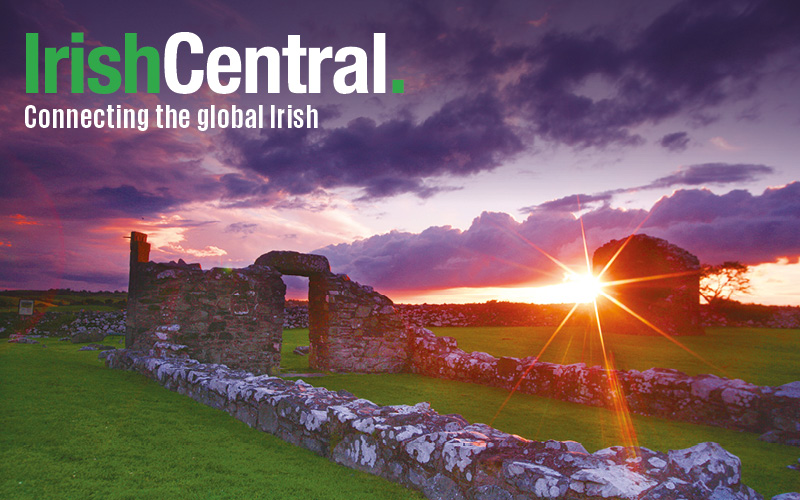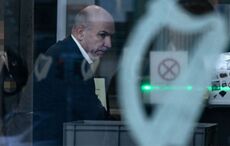Ryanair is set to cut flights from Dublin by 15% over the winter, blaming a $15 duty tax imposed on passengers.
Ryanair said it will operate less than 850 weekly flights compared to the 1,000 flights it flew last winter.
They announced a similar cut from British airports recently leading critics to believe they have found more profitable routes elsewhere in Europe and are using the departure tax as a scapegoat.
Dublin Airport Authority Paul O’Kane says Ryanair internal policies are to blame for the cut.
“Ryanair’s own business model and the wider economic position has contributed to the airline’s decision to withdraw these services,” he told the Wall Street Journal .
“These decisions are not related to passenger charges at Dublin Airport, which is one of Europe’s most competitively priced large airports.”
“It’s a combination of the downturn in the Irish and British markets,” O’Kane said. They are expanding into other countries where they have a less mature market and where the economies are doing better. You’ll never see a Ryanair press release saying, ‘Ryanair cuts X number of routes because (a) these routes aren’t selling well or (b) there isn’t a market for them.’”
Ryanair claims that Dublin Airport’s passenger charge is damaging business and yet Ryanair has just added a €10 surcharge [or €5 each way], which is a 33% increase, onto checked luggage for July and August,” O’Kane said. “The €10 family bag charge is on top of the €30 that Ryanair charges customers to check in a bag for a return flight.”
Ryanair chief executive Michael O’Leary said the Irish government and the Dublin Airport Authority are to blame as he announced the winter cuts.
“Ryanair believes that the only way out of this mess is for the Irish government to scrap its €10 tourist tax, as the Dutch and Belgians have already, and for the Dublin Airport Authority to transfer the €1.2bn T2 white elephant to NAMA, which would allow the DAA to reverse these 40% passenger cost increases, make Dublin Airport competitive, and begin the process of reversing the damage done to tourism.”




Comments